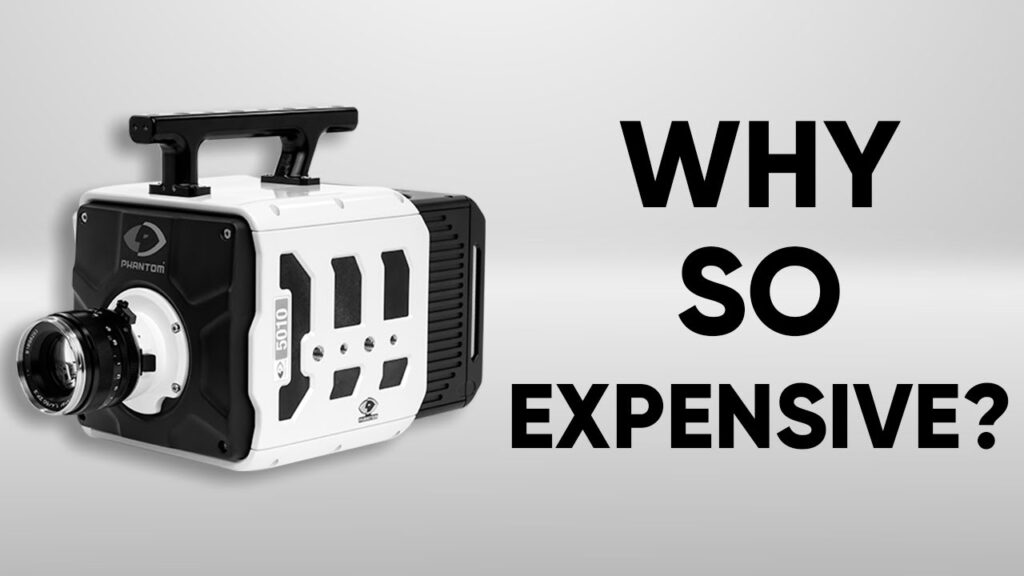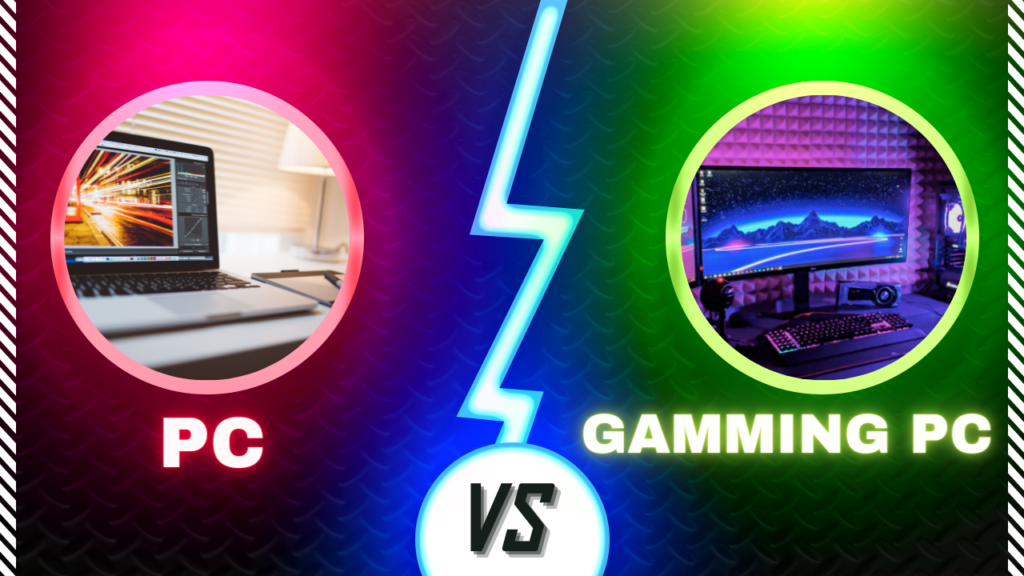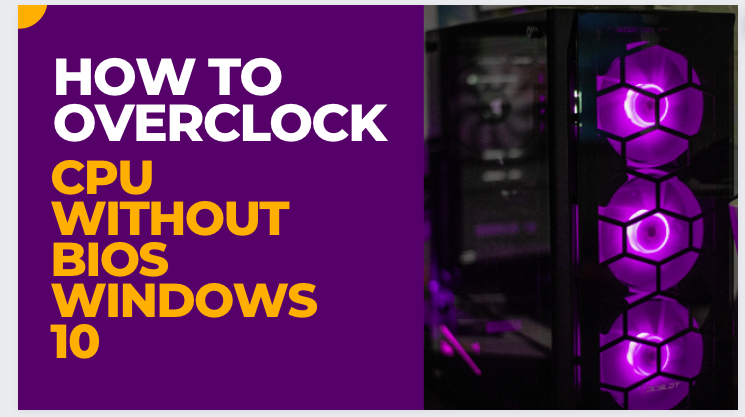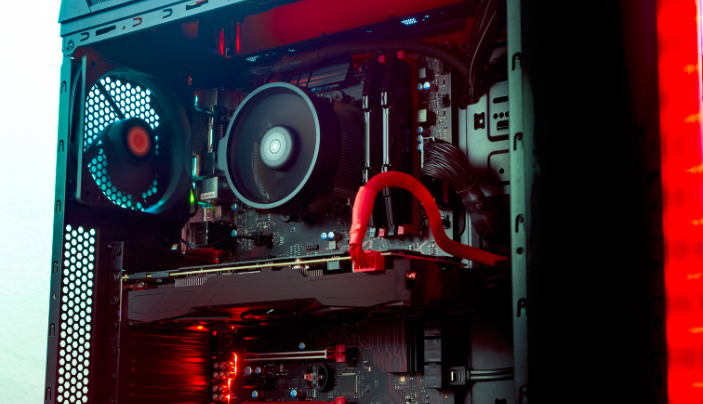Deciphering the Cost of High-Speed Slow-Mo Cameras
Capturing the world in slow motion has become an awe-inspiring art form, adding a touch of cinematic magic to various industries, including film, sports, and scientific research. However, if you’ve ever considered owning a high-speed slow-mo camera yourself, you might have been taken aback by their staggering price tags. Why do these cameras come with such a hefty cost? Let’s embark on a journey of discovery as we explore the fascinating reasons behind the expensive nature of high-speed slow-mo cameras.
High-speed slow-mo cameras are so expensive due to a combination of factors that contribute to their advanced technology, specialized components, intricate engineering, limited market demand, and high manufacturing costs. Let’s delve into each of these aspects to gain a deeper understanding of why these remarkable cameras carry a hefty price tag.
The Technology Behind High-Speed Slow-Mo Cameras
The Need for Speed: The Fascinating Science of Slow Motion
In order to capture stunning slow-motion footage, high-speed cameras rely on advanced technology that allows for incredibly fast frame rates. These cameras are designed to record a significantly higher number of frames per second (fps) than standard cameras. While standard cameras typically shoot at 24 to 60 fps, high-speed slow-mo cameras can achieve frame rates of thousands or even millions of fps. Achieving such incredible speeds requires cutting-edge technology and intricate engineering, driving up the cost of these devices.

The Devil in the Detail: High Image Resolution and Bit Depth
To ensure the highest quality slow-motion footage, high-speed cameras boast impressive image resolution and bit depth capabilities. The camera sensors used in these devices are designed to capture a vast amount of detail, offering exceptional clarity and sharpness. This level of image resolution and bit depth necessitates the use of larger, more advanced sensors, which significantly adds to the cost of manufacturing high-speed slow-mo cameras.
Sophisticated Shutter Mechanisms: Freezing Time in Every Frame
One of the key features of high-speed slow-mo cameras is their ability to freeze fast-moving objects in stunning detail. Achieving this requires sophisticated shutter mechanisms that can operate at incredibly high speeds. These mechanisms must be capable of capturing each frame in the briefest of moments, ensuring that no detail is lost during the recording process. The complexity and precision of these shutter mechanisms contribute to the overall cost of these cameras.
Why Do High-Speed Slow-Mo Cameras Come with Such a Hefty Price Tag?
Limited Market Demand: Catering to a Niche Audience
The market demand for high-speed slow-mo cameras is relatively limited compared to mainstream cameras. These specialized devices primarily target professional videographers, filmmakers, researchers, and scientists who require the exceptional capabilities of slow-motion footage. The niche market size results in lower sales volumes, which in turn leads to higher production costs per unit. To compensate for these costs, manufacturers must set higher prices to maintain profitability.
Exquisite Craftsmanship: Precision Engineering at its Finest
The intricate engineering and precision required to manufacture high-speed slow-mo cameras contribute significantly to their price. Each camera is meticulously crafted to meet the stringent standards of professional users. The intricate assembly of delicate components, the need for rigorous quality control, and the use of premium materials all contribute to the elevated manufacturing costs.
Specialized Components: Sourcing the Finest Ingredients
High-speed slow-mo cameras incorporate specialized components that are carefully selected to meet the demanding requirements of capturing fast-paced action in slow motion. These components, such as high-performance image sensors, ultra-fast lenses, and advanced signal processors, are often produced in limited quantities and require extensive research and development. The exclusive nature of these components contributes to the overall cost of the cameras.
Research and Development: Pushing Technological Boundaries
The continuous evolution of high-speed slow-mo camera technology necessitates ongoing research and development efforts. Manufacturers invest substantial resources in exploring new technologies, enhancing image quality, improving frame rates, and reducing camera size and weight. The costs associated with research and development are inevitably passed on to consumers, further driving up the price of these advanced devices.

Frequently Asked Questions about High-Speed Slow-Mo Cameras
Q1: Are high-speed slow-mo cameras only used by professionals?
Yes, high-speed slow-mo cameras are primarily utilized by professionals in fields such as filmmaking, sports analysis, scientific research, and engineering. Their specialized capabilities and high price point make them less accessible to casual users.
Q2: Can’t smartphones capture slow-motion footage?
While smartphones have introduced slow-motion features in recent years, their capabilities are limited compared to dedicated high-speed slow-mo cameras. Smartphones typically offer lower frame rates and reduced image quality in slow-motion mode, making them less suitable for professional applications.
Q3: Do high-speed slow-mo cameras require specialized training to operate?
Yes, due to their advanced features and complex settings, high-speed slow-mo cameras often require specialized training to unlock their full potential. Professionals typically undergo training or gain experience in using these cameras effectively to capture breathtaking slow-motion footage.
Q4: Can I rent a high-speed slow-mo camera instead of purchasing one?
Yes, many rental services offer high-speed slow-mo cameras for short-term use. This option can be cost-effective for those who require the camera’s capabilities for specific projects without incurring the full expense of purchasing one.
Q5: Can high-speed slow-mo cameras record regular-speed footage as well?
Yes, high-speed slow-mo cameras can record footage at regular speed, just like standard cameras. They often offer a range of frame rate options, allowing users to switch between regular and slow-motion recording modes.
Q6: Will the price of high-speed slow-mo cameras decrease in the future?
As technology advances and manufacturing processes become more efficient, it is possible that the price of high-speed slow-mo cameras may decrease over time. However, the specialized nature of these devices and the demand from professional users may keep them at a premium price point for the foreseeable future.
Unraveling the Secrets Behind the Price of High-Speed Slow-Mo Cameras
High-speed slow-motion cameras offer a glimpse into the world of time manipulation, capturing stunning footage that reveals details imperceptible to the human eye. The advanced technology, specialized components, intricate engineering, limited market demand, and high manufacturing costs all contribute to their expensive nature. While the price may be a barrier for many enthusiasts, the capabilities and quality of slow-motion footage produced by these cameras make them indispensable tools for professionals in various industries. So, the next time you marvel at a breathtaking slow-motion sequence, remember the intricate craftsmanship and cutting-edge technology behind it.





